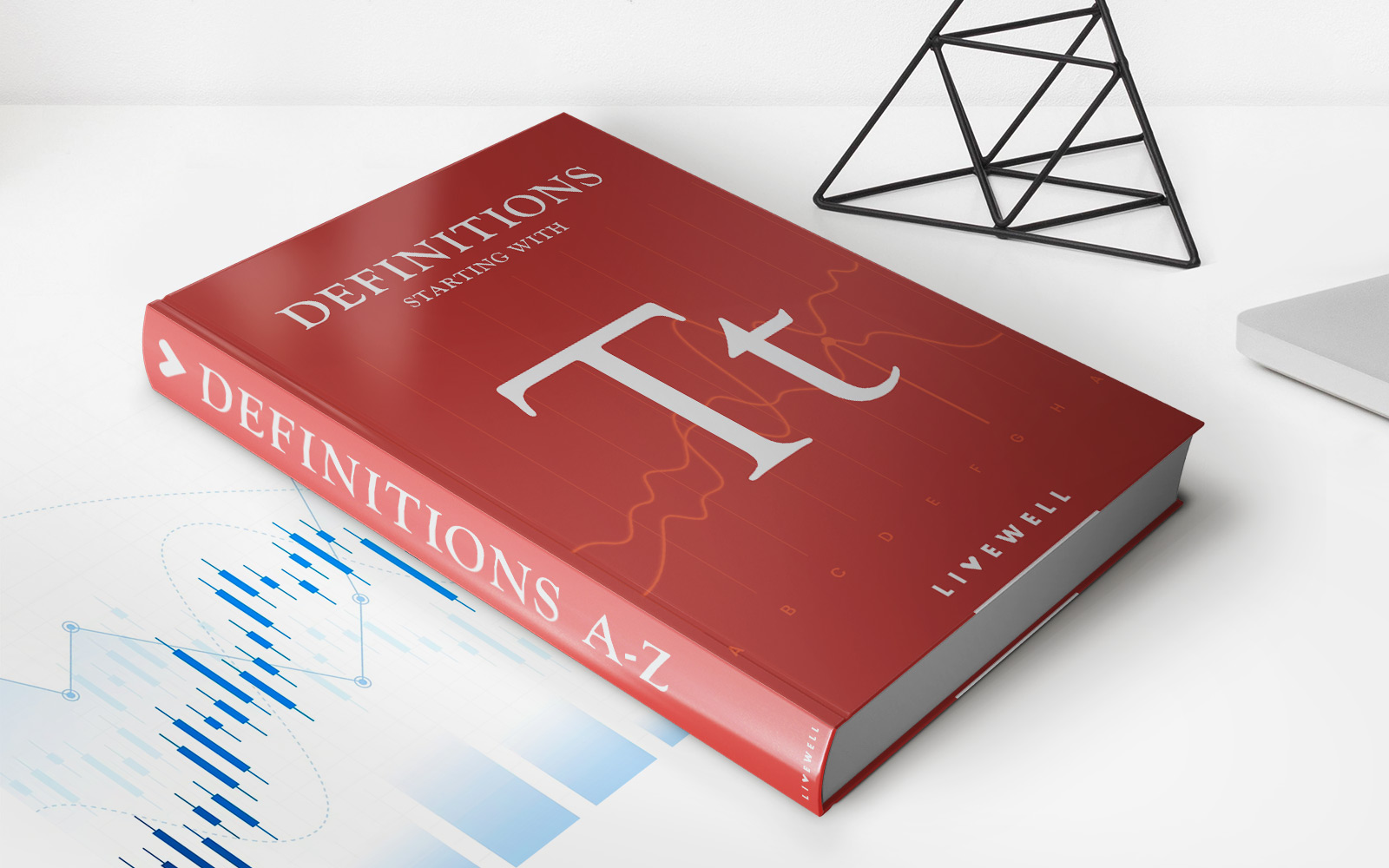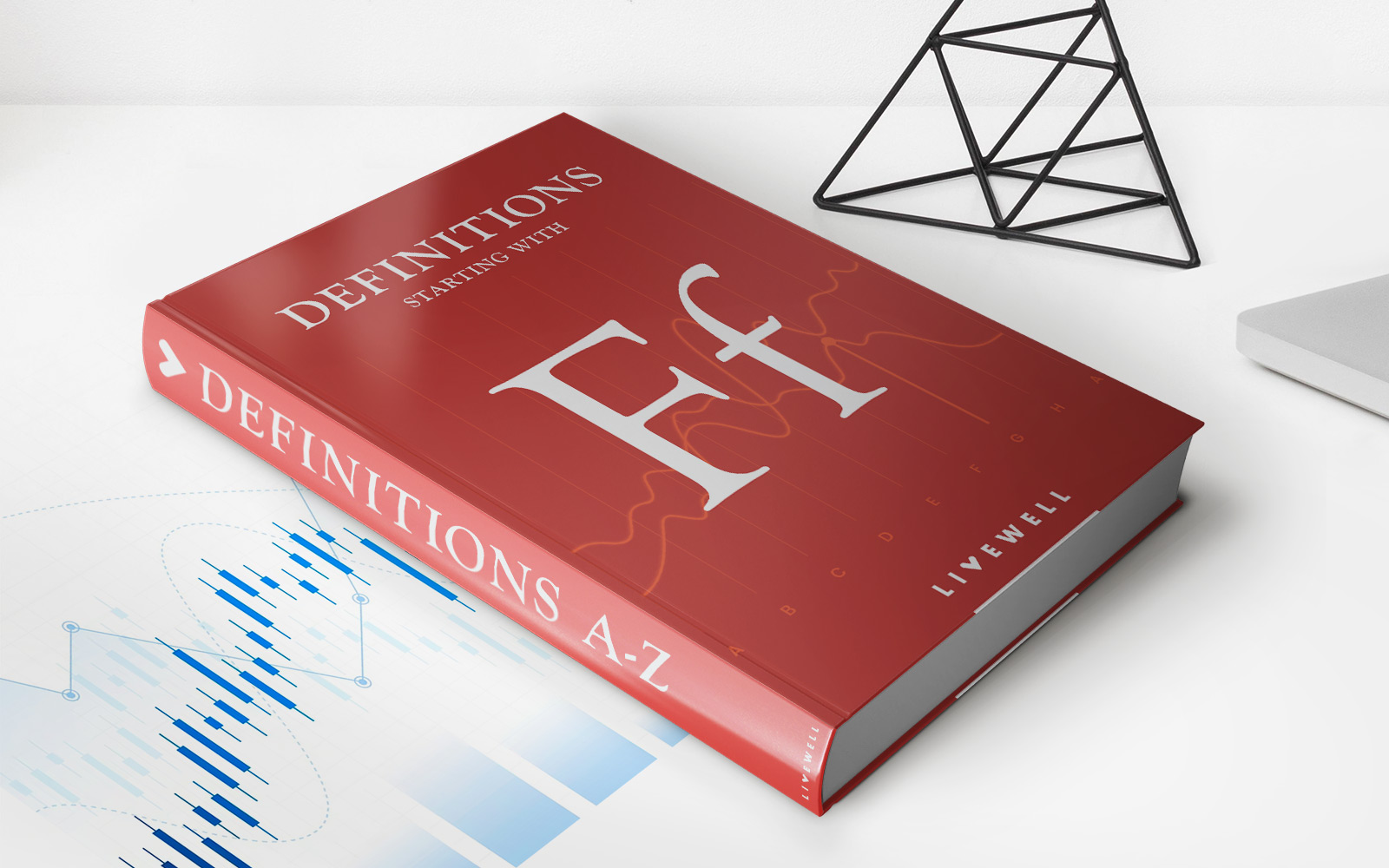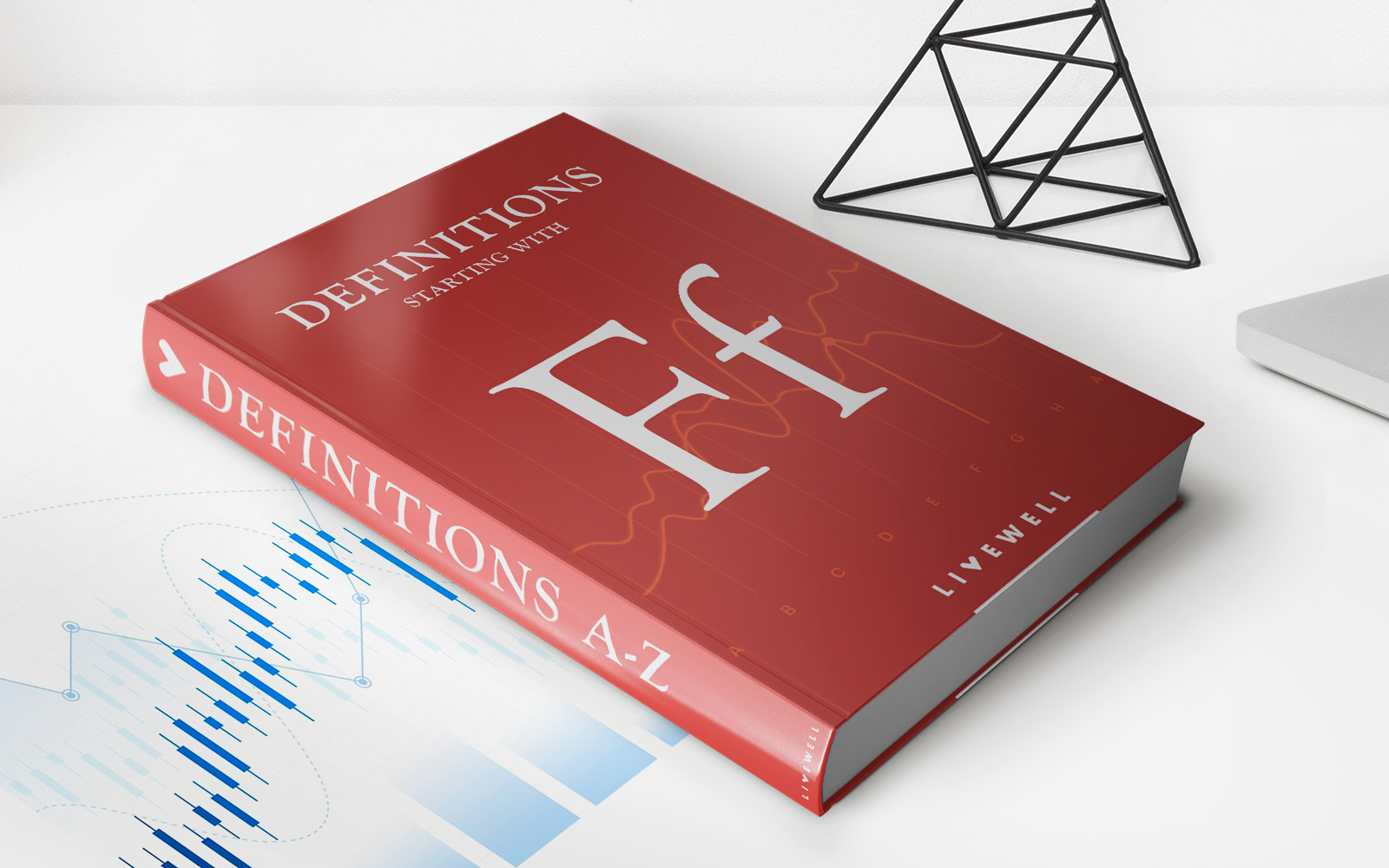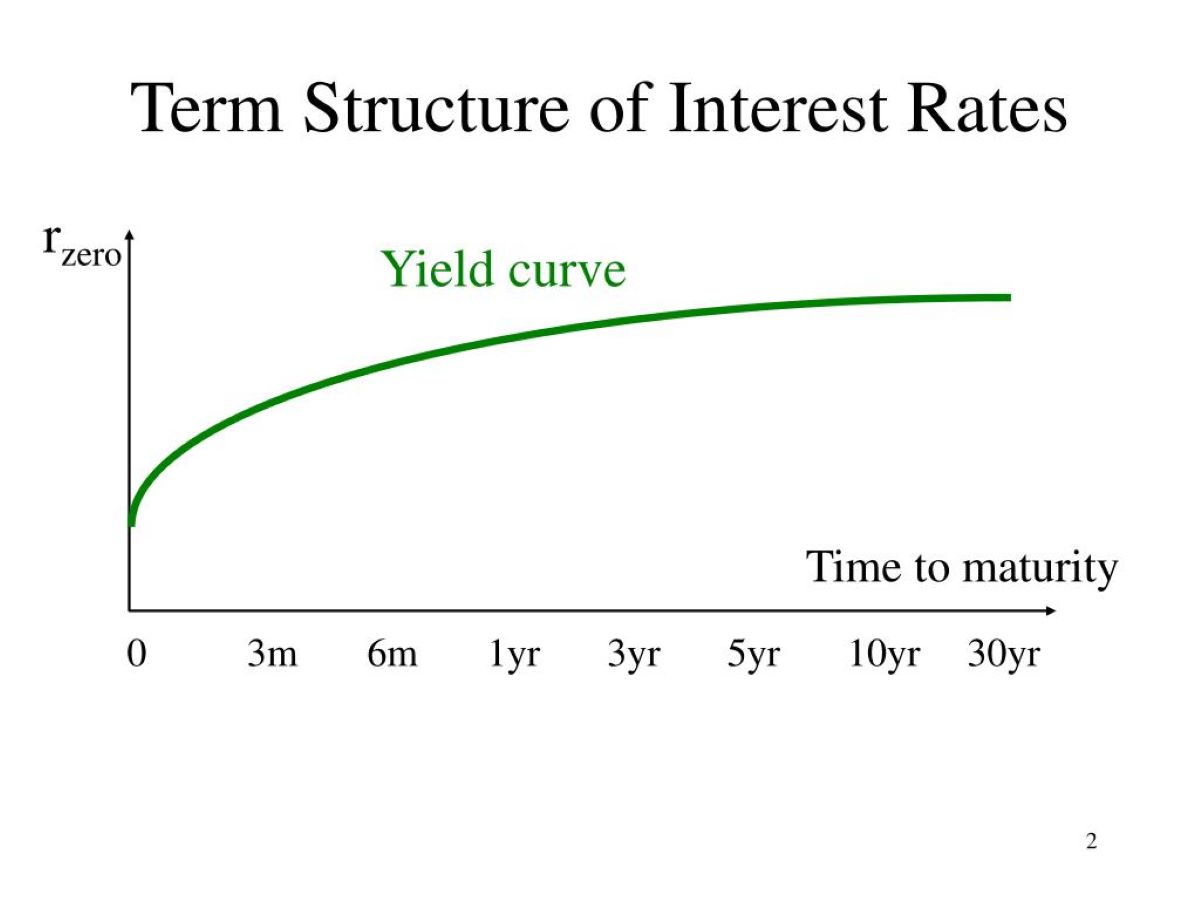Home>Finance>Financial Account Definition, With Components And Assets
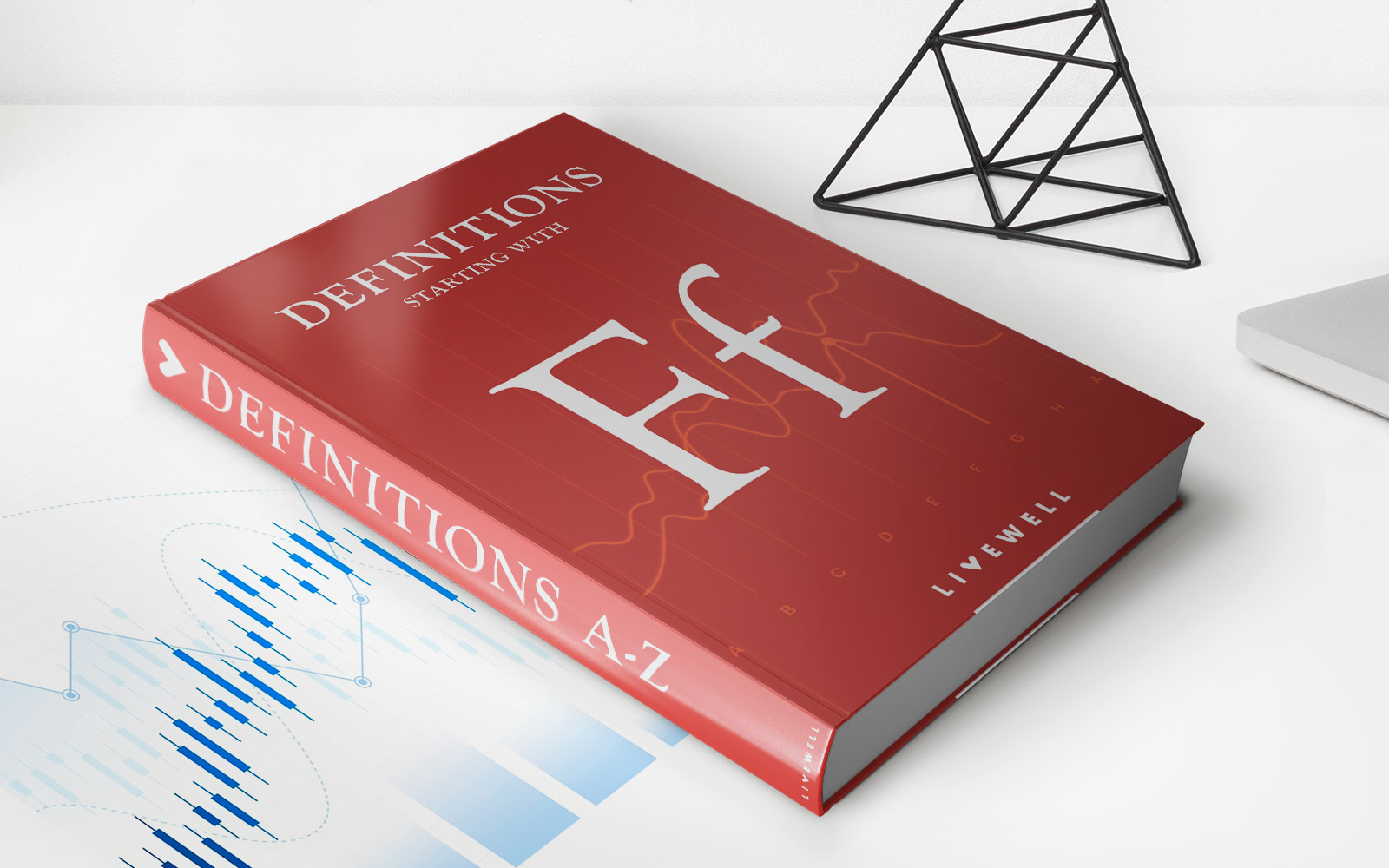

Finance
Financial Account Definition, With Components And Assets
Published: November 23, 2023
Learn the definition of financial accounts, including their components and assets, in the field of finance. Explore the key aspects of managing and analyzing financial accounts.
(Many of the links in this article redirect to a specific reviewed product. Your purchase of these products through affiliate links helps to generate commission for LiveWell, at no extra cost. Learn more)
Understanding Financial Accounts: Definition, Components, and Assets
Finance is a vast and ever-evolving field that plays a crucial role in both personal and business management. One of the fundamental aspects of finance is financial accounts, which provide a comprehensive snapshot of an entity’s financial position. In this blog post, we will explore the definition of financial accounts, discuss their components, and shed light on the concept of assets. So, let’s dive in!
Key Takeaways:
- Financial accounts are essential for understanding an entity’s financial health and making informed decisions.
- Components of financial accounts include assets, liabilities, equity, revenue, and expenses.
What are Financial Accounts?
Financial accounts, also known as financial statements or financial reports, are documents that provide a summary of an entity’s financial activities and position. These accounts serve as a roadmap to help individuals, companies, or organizations gauge their financial performance and determine their profitability, solvency, and liquidity. Financial accounts are crucial for budgeting, tax planning, investment analysis, and decision-making processes.
Components of Financial Accounts
Financial accounts are composed of several key components that enable a comprehensive understanding of an entity’s financial position. Here are the primary components of financial accounts:
- Assets: Assets represent the resources owned or controlled by an entity that can generate future economic benefits. They can be tangible assets like cash, inventory, or property, as well as intangible assets like patents or trademarks.
- Liabilities: Liabilities are the obligations or debts that an entity owes to external parties. Examples of liabilities include loans, accounts payable, or accrued expenses. These obligations should be settled in due course.
- Equity: Equity represents the residual interest in the assets of an entity after deducting its liabilities. It shows the ownership interest or stake of the entity’s shareholders or owners and is calculated by subtracting liabilities from assets.
- Revenue: Revenue refers to the inflow of assets or enhancements of assets resulting from the entity’s core operations, such as sales, services rendered, or rental income. Revenue is a key indicator of an entity’s ability to generate income.
- Expenses: Expenses represent the outflow of assets or incurrences of liabilities resulting from the entity’s operating activities. Examples include wages, rent, utilities, or marketing expenses. Tracking expenses helps analyze profitability and manage costs.
Assets: The Building Blocks of Financial Accounts
Assets form a critical component of financial accounts and play a crucial role in evaluating an entity’s financial health. Here’s a closer look at assets:
- Tangible Assets: Tangible assets are physical assets that have a physical form and can be touched, seen, or felt. Examples include cash, property, equipment, inventory, or vehicles.
- Intangible Assets: Intangible assets do not have a physical presence but hold value for an entity. Examples include patents, trademarks, copyrights, brand reputation, or intellectual property.
- Current Assets: Current assets are assets that are expected to be converted into cash or used up within one operating cycle, typically within a year. Examples include cash, accounts receivable, inventory, or short-term investments.
- Fixed Assets: Fixed assets, also known as non-current assets, are long-term assets that provide benefits to an entity for an extended period. Examples include buildings, machinery, land, or vehicles.
- Financial Assets: Financial assets are contractual claims to future cash flows or another entity’s financial instruments. Examples include stocks, bonds, derivatives, or bank deposits.
By comprehending and analyzing an entity’s assets and their composition, stakeholders can make informed financial decisions, improve financial performance, and mitigate risk.
In Conclusion
Financial accounts serve as a window into an entity’s financial world, providing vital information on its financial position, performance, and activities. By understanding the components of financial accounts, particularly assets, individuals and organizations can gain insights into their financial health and make sound financial decisions. Whether you are an individual planning for your personal finances or a business owner managing your company’s financial affairs, the understanding of financial accounts is an essential skill in today’s financial landscape.





